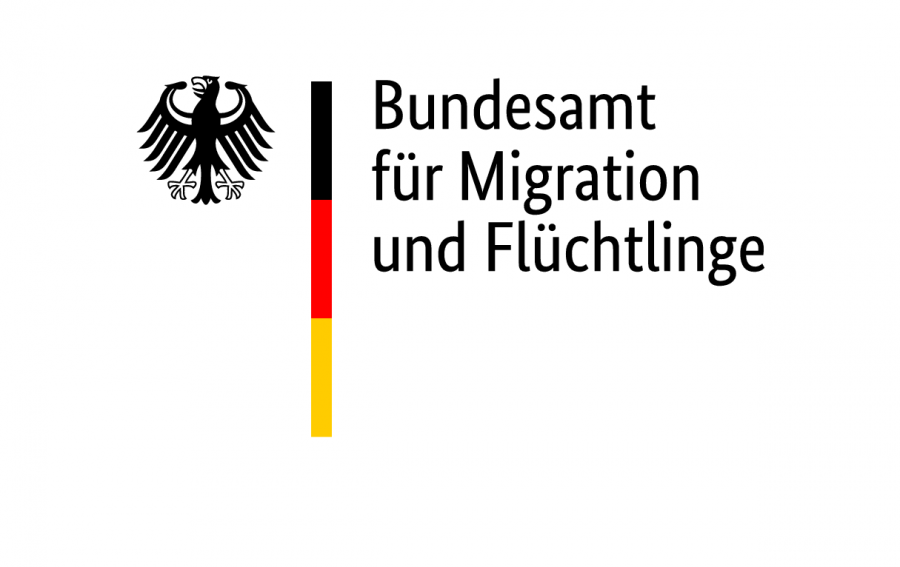Integration courses

For theintegrationIt is particularly important for immigrants to learn German quickly and well. It plays a key role: The sooner language skills are acquired in their new homeland, the better the chances of developing their full potential and leading a self-determined life through full participation in society. Knowledge of German helps people when they are looking for work, need to fill out forms, support their children at school, or want to integrate into clubs and neighborhoods.
The goal of an integration course is to enable people with a migration background to communicate in everyday life and thus become closer to German society.
Each integration course consists of a
language course and a
Orientation courseIn the orientation course you will learn about the fundamental values of German society.
The course types
- general integration course
General integration course
600 UE* German
100 UE* orientation course
Repetition 300 UE* is possible
The course is designed for participants who can read and write the Latin alphabet and leads to language level B1 according to CEFR**
- Integration course with literacy,
Integration course with literacy
900 UE* German
100 UE* orientation course
Repetition 300 UE* is possible
The course is intended for participants who cannot read and write any alphabet and leads to language level B1 according to GER
- Integration course for second language learners,
Integration course for second language learners
900 UE* German
100 UE* orientation course
Repetition 300 UE* is possible
The course is intended for participants who CANNOT read and write the Latin alphabet and leads to language level B1 according to GER
All courses have the certified exam "German Test for Immigrants" - DTZ.
The orientation course concludes with the test "Living in Germany" - Lid.
Topics in the course
- Everyday life in Germany
- working world,
- education system,
- Geography and Environment,
- Society and Social Affairs,
- Help and support,
- Culture and Law,
- Religion and churches,
- Sport,
- Form of government and state structure,
- Transport and travel,
- Business,
- Reside...
* UE = lesson = 45 minutes
**CEFR = Common European Framework of Reference for Languages*
Call us!
0671/40775
Write by email:info@kunz-institut.de
*Common European Framework of Reference for Languages (CEFR)
The CEFR is a system that makes (foreign) language and communicative competences describable and measurable. This makes language skills transparent and comparable – regardless of the grading system of individual European countries. The CEFR is based on a six-level scale. Each level is linked to precise information about the respective skills (reading, writing, listening, and speaking). The CEFR scale ranges from A1 (first attempts at language) to C2 (near-native speaker level).
funded by:
